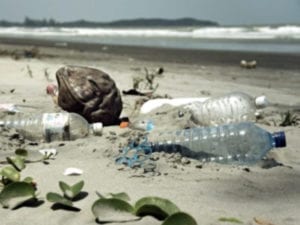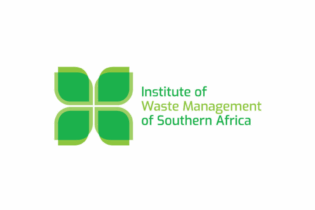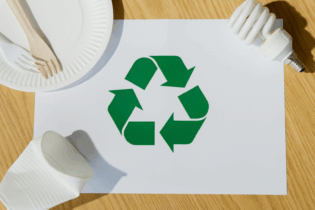Despite the lockdown which has kept South Africans indoors, the amount of litter found on Cape Town’s beaches has not been reduced.
This is according to a research study done by Prof. Peter Ryan’s research team from the University of Cape Town, in partnership with the National Government’s Working for Coast Programme. Following the imposition of the nationwide lockdown, Cape Town’s Environmental Management Department saw this as a perfect opportunity to do some research. In the absence of beach goers a study was conducted into beach litter. It was done along the 250m of beach at Milnerton in Table Bay, and at two 400m stretches of beach on the northern False Bay coast, one at Muizenberg and one east of Sunrise Beach. They study which found that an average of 1367 new litter items were found every day along 1050m of Cape Town’s coastline.“Astonishingly, the oldest item that the team found was a soft drink lid manufactured in 1993,” said the City in a statement
Plastic items, including foamed plastics and cigarette butts, accounted for 92% to 99% of litter items by number, and 85% to 94% by mass. They also found of ll the litter that they were able to identify, about 94%, came from local sources while others came mainly from the Asian region. Of those which came from Asia, most were plastic items which are able to “drift long distances at sea”. Teams were issued with permits for the last 10 days of the Level 5 lockdown and throughout Level 4 of the lockdown. Every morning of the study, litter was gathered and organised into groups. Some of the key findings:- During the 10 days of the Level 5 lockdown, the teams collected 13 665 litter items with a total weight of 78,7kg from the three beaches
- This is more than one new litter item per day per metre of Cape Town’s coastline
- Litter loads at Muizenberg Corner were highest in the middle of the study period, when onshore southerly winds carried in litter from offshore
- Despite the lack of beachgoers, on-the-go snack food packets such as sweet and ice-cream wrappers and chip packets accounted for virtually all food packaging, as is also typical of street litter
- Straws were outnumbered by lollipop sticks and earbud sticks at all three beaches, with four times as many lollipop sticks as straws on the False Bay coast.
- Soft drink bottle lids were 15 times more abundant than PET drink bottles.
- Compared to data from previous studies of daily accumulation at Milnerton and Muizenberg, litter loads were not much lower during lockdown, because most litter washes ashore, rather than being left by beachgoers.








